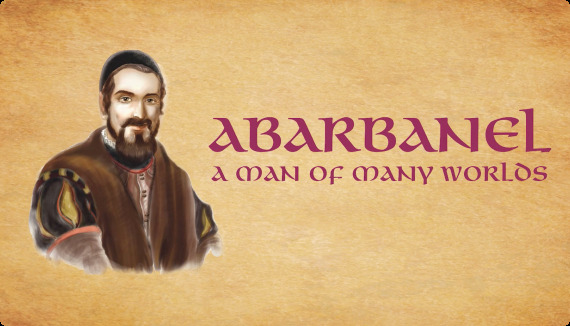The temptations of power are great. When one achieves notoriety, success and exalted public service there is always a danger that hubris and unnecessary behavior will take over. This is true even regarding great, noble and holy people. The adage that power corrupts has remained one of the truisms of all of human behavior throughout the ages.
When the Torah describes the death of the two sons of Aaron because they substituted their own judgment for God's explicit commandment, we should not be overly surprised at the incident. Granted the privilege of the priesthood, a privilege that at that time was restricted to only five individuals, Nadav and Avihu followed their natural human instinct to “improve” on God's word and to fashion a service more in line with their own desires and values.
As the Torah points out to us, their sin was that they brought a strange fire on God's altar, “which they were not commanded to do.” The age-old question of whether the Temple service, and in our times the prayer service, is meant to fashion God or humans is brought into sharp focus by the events described in this week's Torah reading.
In bringing this strange fire on God's altar, Nadav and Avihu may have thought that they were making the service in the Mishkan/Tabernacle more attractive and appealing. The nature of humans always is that we second-guess our Creator, mostly to our detriment if not even disaster.
Judaism has always found itself in constant struggle and tension regarding the nature of its ordained, ritual service on one hand and its relevance and appeal to the masses of Jews on the other. This is certainly true in our time with the pressures of modernity, rapidly changing social mores and conventional correctness.
Traditional Judaism has always been wary of change, especially sudden, culturally driven radical change to its prayer structure and value system. It is obvious to all that over the centuries the modes of prayer service that have evolved would enable a Jew of the eleventh century, were he to be alive today, to recognize the basic prayer structure, but he would certainly notice changes in content and form that developed in the Jewish world over the past millennia.
The decisions to accept, modify or reject any changes in the prayer service lay not so much in the hands of the rabbinic scholars as it did in the general consensus of the masses of Jews who prayed daily in the synagogues. This is certainly true regarding the changes in prayer – content, form and behavior – brought about by the rise of the Chasidic movement in the eighteenth and nineteenth centuries.
However, all adjustments and changes were always within the framework of halacha and never meant to be a departure from tradition and/or a “new” Judaism. The motivation for all of the current discussion regarding prayer services, women's issues and other societal factors should be closely examined. We should never again make the mistake that the Torah records for us in this week's reading regarding the sons of Aaron.
Shabbat shalom
Rabbi Berel Wein



